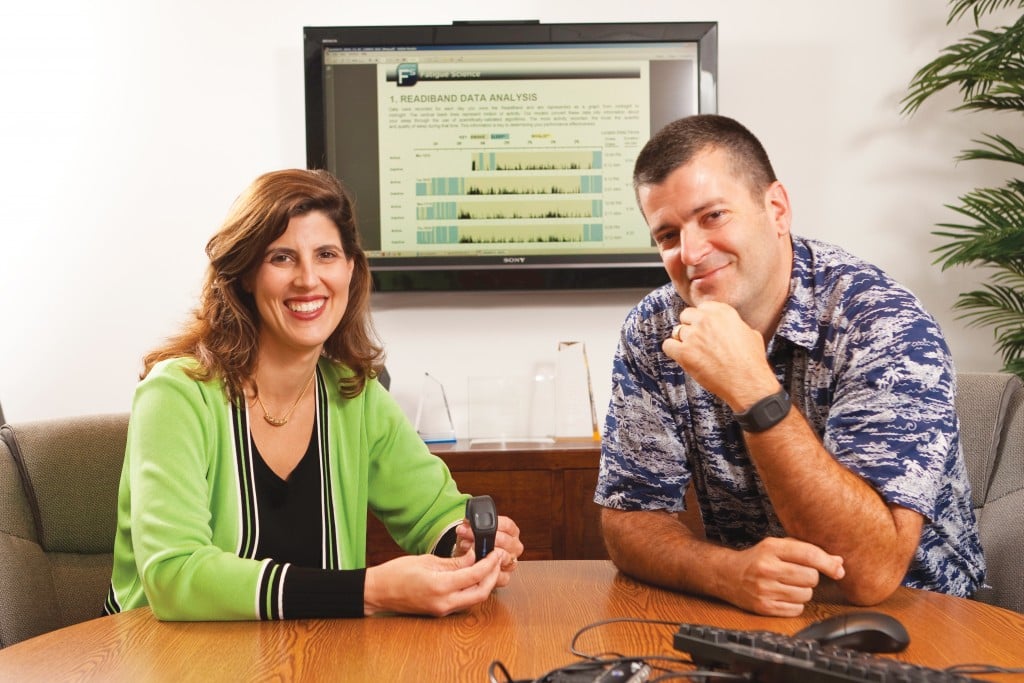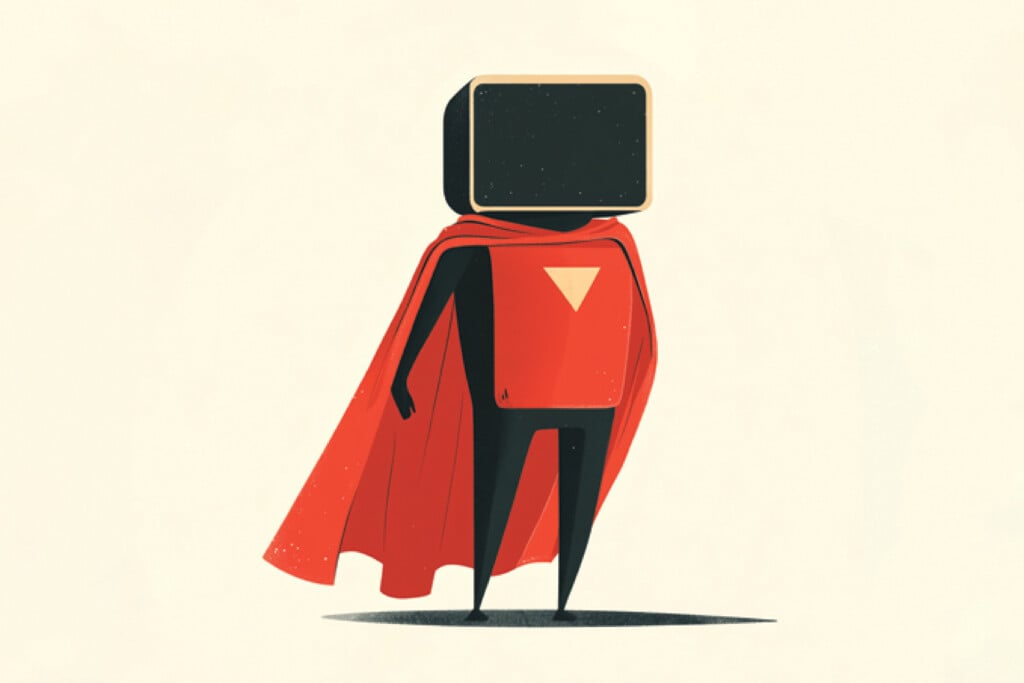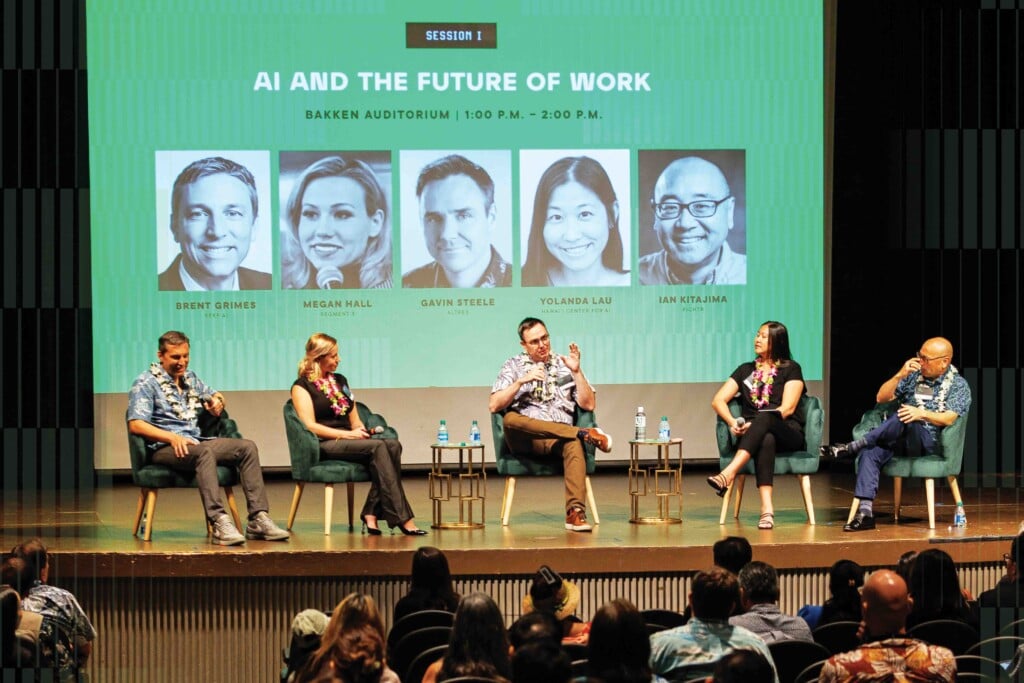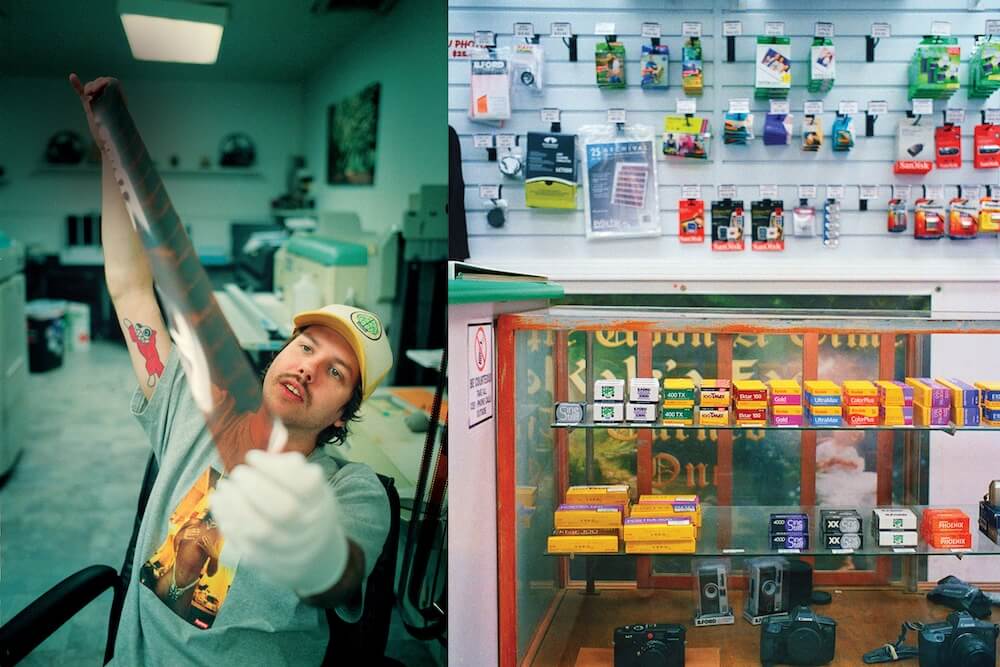ReadiBand: Identify, Assess and Manage Fatigue

What is ReadiBand?
ReadiBand is a civilian product that commercializes technology developed for the military to identify, assess and manage fatigue. It is made by Fatigue Science, a spin-off of Archinoetics, a Hawaii-based, dual-use company.
How does it work?
ReadiBand is a wristwatch-like device that uses a built-in accelerometer to monitor the sleep history of the wearer. Fatigue Science CEO J. Hunter Downs says it determines when you went to bed, when you fell asleep, when and how often you awoke in the night, how long you stayed asleep and your longest sleep period. Clients can use this information to assess and improve employees’ performance levels.
The market
Fatigue Science is focusing on two markets: industrial safety and health and wellness. Industrial clients, such as mines and transportation companies, often have regulatory requirements concerning employee fatigue. Scientists know that fatigue affects performance much like alcohol. “If you’ve only slept five hours in the last three days,” Downs says, “you’re at the equivalent of .08 blood-alcohol content in terms of your cognitive ability.” ReadiBand lets companies generate reports that track employees’ sleep quality and assess fatigue-related risk.
Health-and-wellness clients, such as pharmacies and physicians, can offer ReadiBand as a service to customers to help identify sleep problems. “In the U.S., 50 percent of people report sleep problems,” Downs says, so the market is huge. (In Canada, a 70-store pharmacy chain and 300 Safeway stores already offer the service to customers; in the U.S., ReadiBand awaits FDA clearance as a medical device.) Importantly, identifying sleep problems is a reimbursable service for most medical insurers.
The business model
Rather than sell ReadiBand units, Fatigue Science plans to rent them to clients, charging instead for the reports they run. Downs estimates potentially half a billion people on the industrial-safety side alone need some kind of fatigue risk-management system. “Nobody’s going to capture all that space, but we project we can grow into a $20 million company in four years.”






